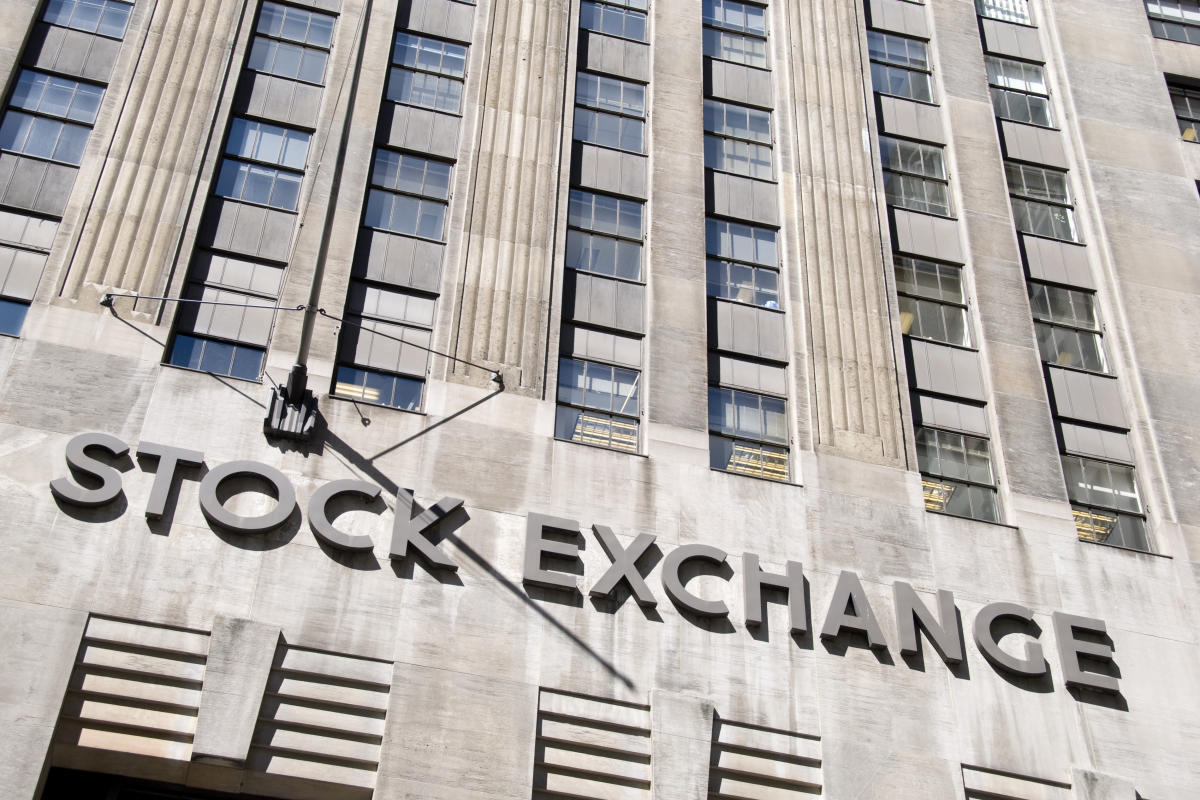Bitcoin is expected to undergo a ‘halving’ within the next two days, a pre-programmed event that could impact the production of the world’s largest cryptocurrency.
A halving, which takes place approximately every four years, was designed by the creator of bitcoin, Satoshi Nakamototo effectively cut the reward in half miners of the digital token received. The idea is that by cutting in half the amount of money bitcoin miners currently earn, fewer bitcoins will enter the market, creating more scarcity of the cryptocurrency.
That has led to some speculation that the halving could cause a surge in demand and boost the price of bitcoin, which has already risen nearly 50% since the start of the year. Much of the credit for Bitcoin’s recent rally is attributed to the early success of a new way to invest in the asset: spot bitcoin ETFs, which were only approved by US regulators in January.
Here’s what you need to know about the bitcoin ‘halving’.
What exactly is Bitcoin halving?
Bitcoin miners receive a fixed reward when they successfully validate a new block on the Bitcoin blockchain. That reward currently stands at 6.25 bitcoin, worth approximately $402,000, based on the current trading price for the token.
After the halving, miners will receive 3,125 bitcoin for achieving the same goal. As a result, the rate at which new bitcoins come to market should also drop, slowing the supply of coins. According to Satoshi Nakamoto’s limits, a maximum of 21 million bitcoins will ever exist, of which more than 19.5 million have already been mined, leaving less than 1.5 million left to be created.
When was the last bitcoin halving?
The last such event occurred in May 2020, when the price of Bitcoin was around $8,602, according to CoinMarketCap.
By May 2021, Bitcoin’s value had increased almost sevenfold to almost $57,000.
When will the next halving take place?
The intention is for the halving to occur regularly after the creation of every 210,000 ‘blocks’ – where transactions are recorded – during the mining process, which are added to the blockchain.
Although there are no fixed calendar dates for this, this generally equates to approximately once every four years. According to the latest estimates, the next halving will take place sometime late Friday or early Saturday.
What could happen to Bitcoin’s price after the next halving, according to experts?
Some believe it will be a non-event for Bitcoin’s price as the cryptocurrency has already seen a big run-up this year.
“Investors, traders and speculators priced in the halving months ago,” Nigel Green, the CEO of financial services firm deVere Group, said in an email. “As a result, a significant portion of the positive economic impact was experienced earlier, pushing prices to new record highs last month.”
Still, others say bitcoin could hit a bump, at least in the longer term. Growing demand from the new ETFs, combined with the supply shock of the next halving, could push Bitcoin’s price up even further, says Ryan Rasmussen, senior crypto research analyst at Bitwise.
“We expect the price of bitcoin to perform strongly over the next twelve months,” he said. Rasmussen notes that he has seen some forecast profits as high as $400,000, but the more “consensus estimate” is closer to the $100,000-$175,000 range.
What is the impact of the halving on bitcoin miners?
Miners will likely be pressured to become more energy efficient, or may have to raise new capital, experts say.
In its recent research report, Bitwise found that total miner revenue fell a month after each of the three previous halvings. But those numbers had rebounded significantly after a full year, thanks to spikes in Bitcoin’s price and larger miners expanding their operations.
Time will tell how mining companies fare after this next impending halving. But Rasmussen is betting that major players will continue to expand and use the industry’s technological advances to make operations more efficient.
—With reporting by the Associated Press.





